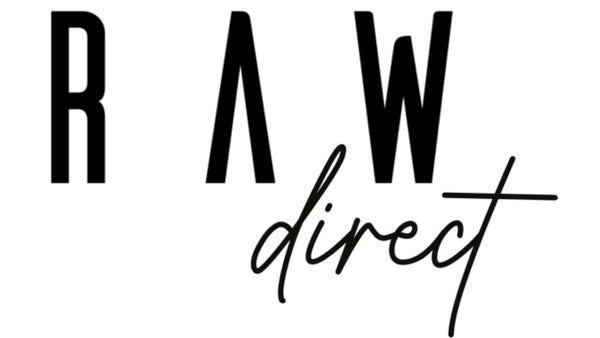
Raw Feeding Myths Debunked: What You Need to Know
Share
Raw feeding for dogs is becoming increasingly popular, but it also comes with its share of misconceptions that can make pet owners hesitant. Let’s debunk some common myths and answer frequently asked questions about raw feeding to help you make an informed decision for your furry friend.
Is Raw Feeding Dangerous for Dogs?
One of the biggest misconceptions about raw feeding is that it is inherently dangerous.
- Risk of Bacteria: While raw meat can carry bacteria like Salmonella or E. coli, healthy dogs have robust immune systems that can often handle these bacteria without issue. Proper food handling and hygiene practices can further mitigate risks.
- Digestive Adaptation: Dogs’ digestive systems are designed to handle raw food. They have a higher acidity in their stomachs, which helps kill harmful bacteria. Transitioning to raw gradually can help their systems adapt safely.
Are Raw Diets Complete and Balanced?
Another common concern is whether raw diets are nutritionally complete.
- Nutritional Balance: A well-planned raw diet can provide all the essential nutrients dogs need. It’s important to include a variety of protein sources, organs, and bone to ensure a balanced diet.
- Consultation with Experts: Working with a veterinarian or a pet nutritionist experienced in raw feeding can help you create a balanced meal plan that meets your dog’s specific dietary needs.
Do Raw Bones Pose a Risk?
Many pet owners worry about the safety of giving their dogs raw bones.
- Choosing the Right Bones: Raw bones can be safe and beneficial for dental health if you choose the right types. Soft, raw meaty bones like chicken necks or wings are generally safe, while hard, weight-bearing bones from larger animals can pose a risk of breaking teeth or causing choking.
- Supervision is Key: Always supervise your dog while they’re chewing on bones to prevent any accidents and to ensure they chew appropriately.
How to Handle Raw Food Safely
Proper handling and preparation of raw food are essential to minimize risks.
- Hygiene Practices: Always wash your hands before and after handling raw food. Clean surfaces, bowls, and utensils with hot, soapy water.
- Proper Storage: Store raw meat in the freezer until ready to use. Thaw in the refrigerator, never at room temperature, to prevent bacterial growth.
- Separate Feeding Areas: Consider feeding raw food in a designated area away from human food to avoid cross-contamination.
- Regular Vet Check-ups: Regular veterinary visits can help monitor your dog’s health and ensure they’re thriving on a raw diet.
Conclusion
By addressing these common misconceptions and understanding how to safely implement raw feeding, you can make an informed decision for your dog’s health. Raw feeding can offer numerous benefits when approached correctly, allowing your dog to thrive on a natural and wholesome diet. If you have further questions or concerns, don’t hesitate to consult with a veterinarian or a raw feeding expert.
